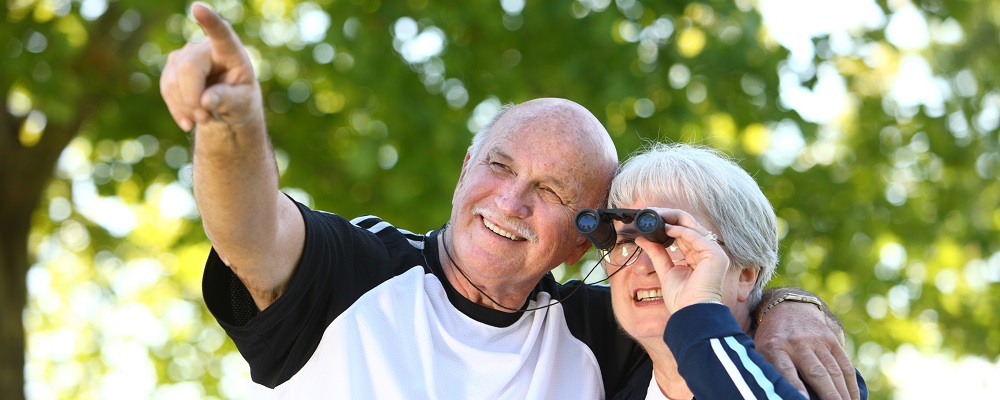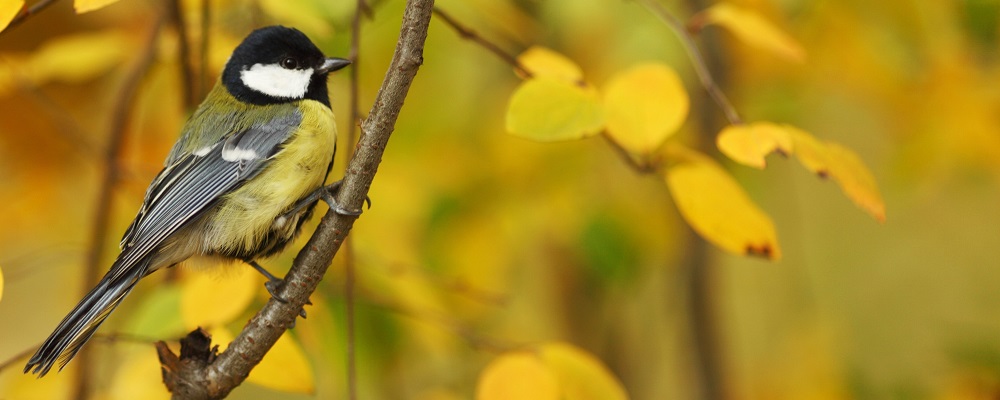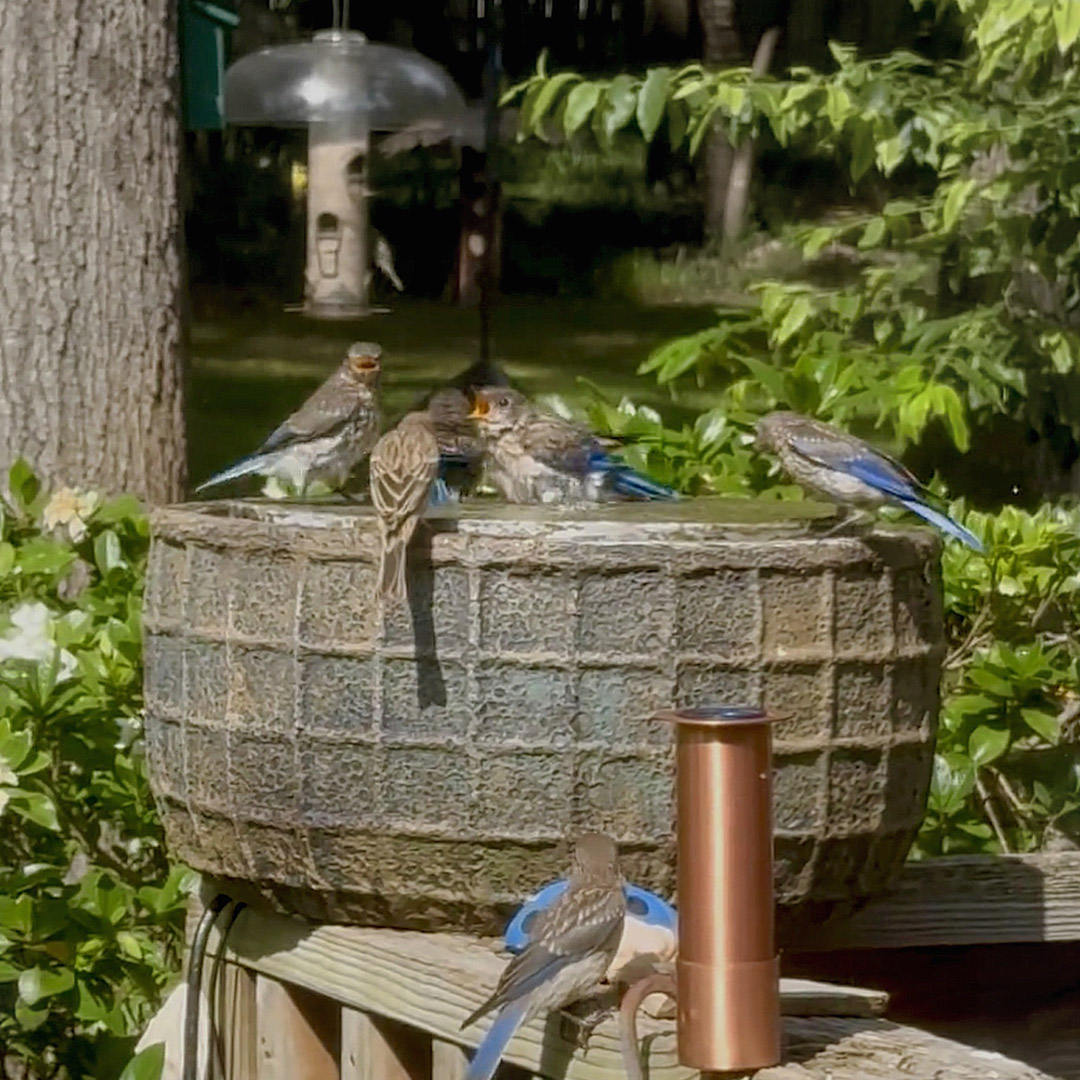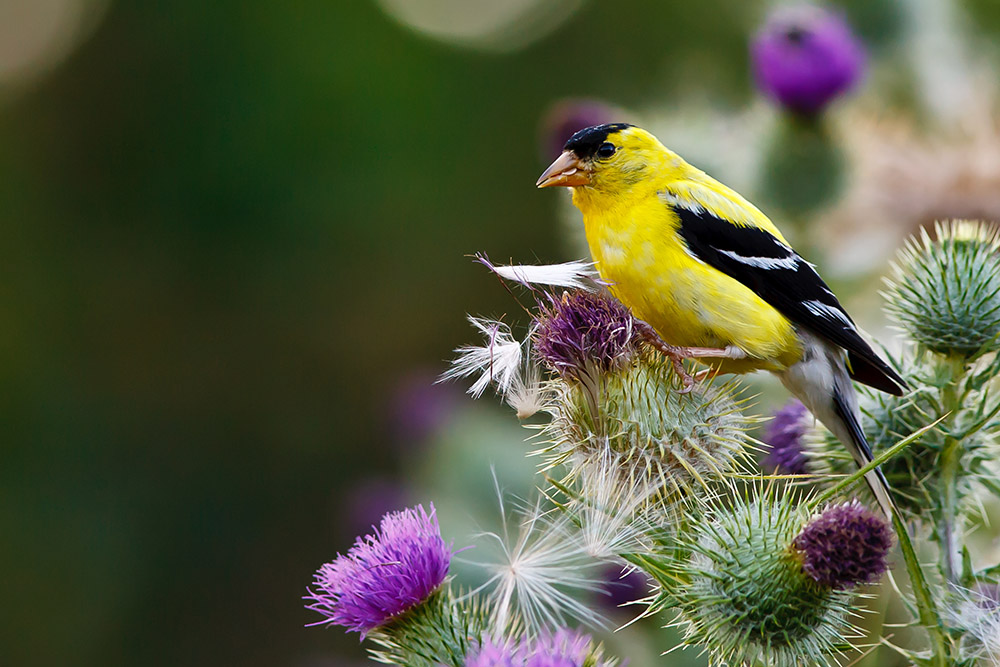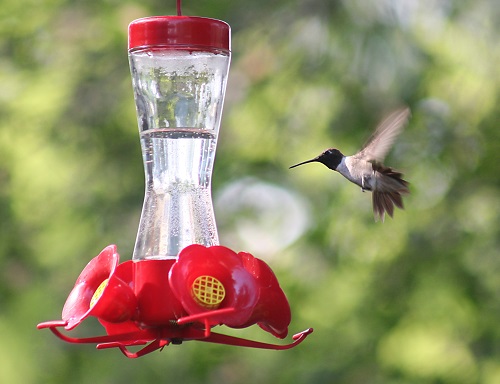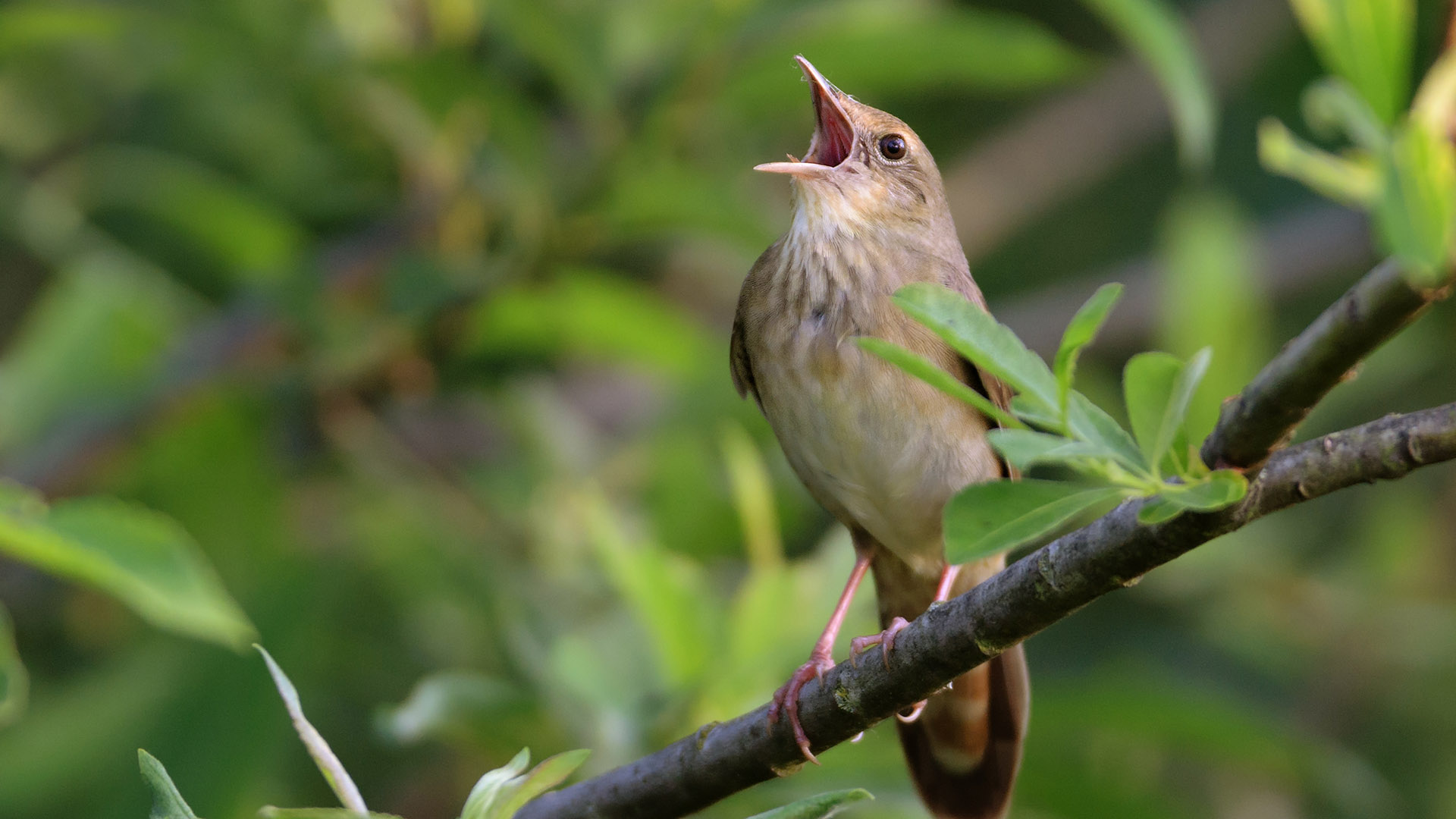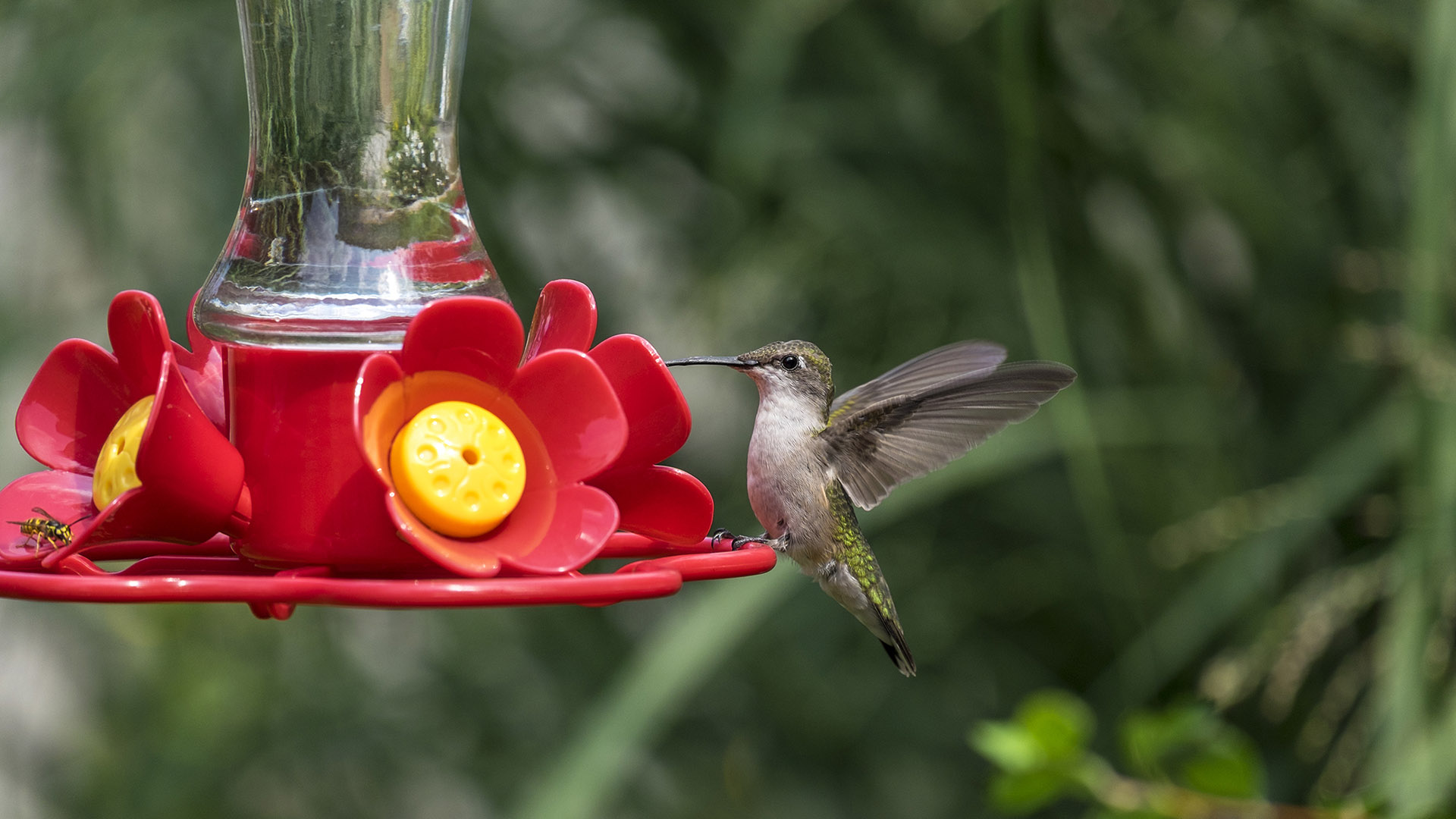Source: www.thebirdsource.org
Scientists and bird enthusiasts can learn a lot by knowing where the birds are. Bird populations are dynamic; they are constantly in flux. No single scientist or team of scientists could hope to document and understand the complex distribution and movements of so many species in such a short time.
Scientists use the GBBC information, along with observations from other citizen-science projects, such as the Christmas Bird Count, Project FeederWatch, and eBird, to get the “big picture” about what is happening to bird populations. The longer these data are collected, the more meaningful they become in helping scientists investigate far-reaching questions, like these:
- How will the weather influence bird populations?
- Where are winter finches and other “irruptive” species that appear in large numbers during some years but not others?
- How will the timing of birds’ migrations compare with past years?
- How are bird diseases, such as West Nile virus, affecting birds in different regions?
- What kinds of differences in bird diversity are apparent in cities versus suburban, rural, and natural areas?
The 17th Annual Great Backyard Bird Count (GBBC) will take place Friday, February 14 through Monday, February 17, 2014.
 The GBBC is an annual four-day event that engages bird watchers of all ages in counting birds to create a real-time snapshot of where the birds are. Everyone is welcome to participate–from beginning bird watchers to experts. It takes as little as 15 minutes on one day, or you can count for as long as you like each day of the event. It’s free, fun, and easy—and it helps the birds.
The GBBC is an annual four-day event that engages bird watchers of all ages in counting birds to create a real-time snapshot of where the birds are. Everyone is welcome to participate–from beginning bird watchers to experts. It takes as little as 15 minutes on one day, or you can count for as long as you like each day of the event. It’s free, fun, and easy—and it helps the birds.
The Great Backyard Bird Count is a joint project of The Cornell Lab of Ornithology and the Audubon Society.
RSVP on our Facebook Event page to participate in our local Great Backyard Bird Count event Sunday, February 16, 2014, 2:00-3:00 pm at Squirrel Lake Park in Matthews, NC.

